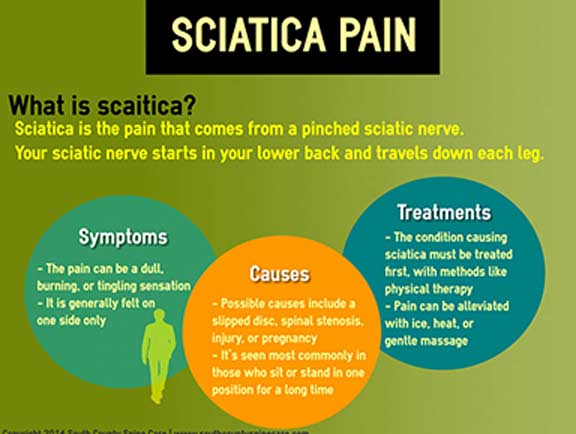What Your Pain In The Back Says Concerning Your Health: Common Problems And Symptoms
What Your Pain In The Back Says Concerning Your Health: Common Problems And Symptoms
Blog Article
Team Writer-Keller Reimer
If you're experiencing back pain, your body could be trying to inform you something more than just discomfort. The way your back feels can supply beneficial clues regarding your total health. Recognizing the particular sort of discomfort you're really feeling and any type of going along with symptoms is key to untangling the secret behind your pain. Let's discover the typical problems and signs related to various types of neck and back pain to shed light on what your body might be signaling.
Kinds Of Neck And Back Pain
When it concerns neck and back pain, there are different kinds that you might experience. One common kind is muscle pain, usually brought on by overuse, pressure, or injury to the muscles and tendons sustaining the spine. This type of pain can range from mild pain to severe and devastating pain.
Another kind is nerve discomfort, which can arise from problems like herniated discs or sciatic nerve pain. Nerve pain typically presents as a sharp, shooting sensation that radiates down the leg.
Joint discomfort in the back can originate from problems like joint inflammation or sacroiliac joint disorder. This type of pain is normally really felt in the reduced back and can be exacerbated by particular movements.
In addition, back pain can be related to architectural issues such as spinal stenosis or vertebral cracks. Comprehending the kind of pain in the back you're experiencing is essential in identifying the suitable treatment and administration techniques.
Common Manifestations to Watch For
Relocating beyond the different sorts of pain in the back, it is very important to acknowledge the usual signs that can signify underlying concerns.
Persistent pain in the back that aggravates with motion or in the evening can show a much more serious issue. Feeling numb or tingling in the legs or feet, specifically when accompanied by weakness, may point to a nerve-related problem. If you experience sudden weight-loss along with back pain, it could be an indicator of a more systemic condition.
https://simonharia.jaiblogs.com/57661289/be-reluctant-say-goodbye-to-as-you-unwind-the-secrets-behind-chiropractic-modifications-uncovering-their-profound-results-on-your-body to any changes in bladder or bowel feature, as this could be connected to spinal cord compression. High temperature, chills, or evening sweats in conjunction with pain in the back might signal an infection. Watch out for pain that emits down one or both legs, potentially a measure of sciatic nerve pain.
Health Conditions Linked to Back Pain
If you struggle with back pain, it's essential to understand the prospective wellness conditions linked to this discomfort. Back pain can be a sign of numerous underlying problems, including muscular tissue pressures, herniated discs, osteo arthritis, back constriction, and also problems like kidney rocks or infections.
Muscular tissue pressures are common and commonly arise from raising hefty objects or unexpected activities.
Herniated discs take place when the soft tissue in between vertebrae protrudes, causing nerve inflammation.
Osteo arthritis, a degenerative joint condition, can cause back pain as cartilage material wears down.
Spinal stenosis, the narrowing of the spine canal, can put pressure on nerves.
low back pain symptoms may create extreme back pain if they move into the urinary system.
Infections like back osteomyelitis can also manifest as back pain. Recognizing these potential health and wellness conditions can help you seek proper treatment and management for your neck and back pain.
Final thought
So, next time your back hurts, focus on the sort of discomfort and accompanying symptoms. Maybe a signal from your body about underlying wellness problems like muscular tissue pressure, nerve issues, joint issues, or even architectural problems. By identifying these indicators, you can take proactive actions to address the root cause of your back pain and enhance your general health and wellness and well-being.
